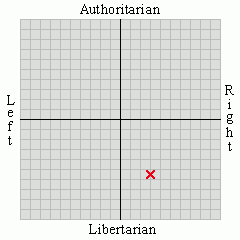The American flag is made up of thirteen red and white stripes, and a blue field with fifty white stars. When the flag was first made, the color red was thought to mean not only the ties of brotherhood but also bravery and valor. White was thought to mean peace and virtue, and blue was thought to mean equality. The thirteen stripes stand for the thirteen original colonies that became the first states, as a tribute to their struggle for independence. They are red and white to show that we are all Americans together, and while we love peace and justice, we will also fight for each other if we need to. Each of the fifty stars in the blue field stands for one of the states in the union today. The white stars on a field of blue mean that all of our states are equal to each other, and that all American citizens are equal to each other. That is one way the flag serves as a symbol for our nation.
The Sixty-Second Patriot series of posts is intended to provide teachers who are required to engage in "patriotic exercises" with truthful, age-appropriate, meaningful, educationally-rich, non-controversial, secular alternatives to rote recital of the Pledge of Allegiance, as well as brief meditations on American history, civics, and values accessible to all people. Suggestions and contributions to this series from Readers are welcome.
March 17, 2010
Subscribe to:
Post Comments (Atom)








3 comments:
Putting "patriotic exercises" in scare quotes is just one way of saying you have a deep-seated hatred for America.
Really, think about it. America is probably the LEAST patriotic nation out there, especially in terms of what we do for patriotic exercises these days.
We could use a little more nationalism, a little more "take care of our own issues first", and a lot more civic pride. And nothing degrades them faster than people who insist that having pride in one's community and nation is some sort of twisted disease.
I haven't a clue has to how you infer a "deep-seated hatred for America" from my suggestion that people, and children in particular, engage in "patriotic exercises." Nor do I understand why the use of quotation marks is intended to be a "scare" tactic. The use of quotation marks means I'm using someone else's words, in this case words found in California Education Code section 52720.
I'm very much in favor of pride in America and I happen to like this nation very, very much. My patriotism did not originate from rote recital of the Pledge of Allegiance as a child; it originates from my study of our nation's history and system of government, especially our Constitutional commitment to individual freedoms and our historical trend to increase application of those freedoms to more and more people and come ever closer to fulfilling the sweeping ideals articulated in our founding documents.
With that said, a real patriot's attitude is NOT "my country, right or wrong, but still my country." There is no inconsistency between loving and admiring your nation and at the same time wanting to see it improve. You are an example of that yourself -- you think that we could use a little more nationalism. You, too, want to improve America. I really, really, don't understand why you're offended by the idea of engaging in an exercise in giving kids real reasons why they ought to be patriots, why America has EARNED their loyalty.
On second thought, M1rth, I'll take this as constructive criticism. Would you question the sincerity of the project less if I took the quotation marks out of the recurring postscript?
Post a Comment